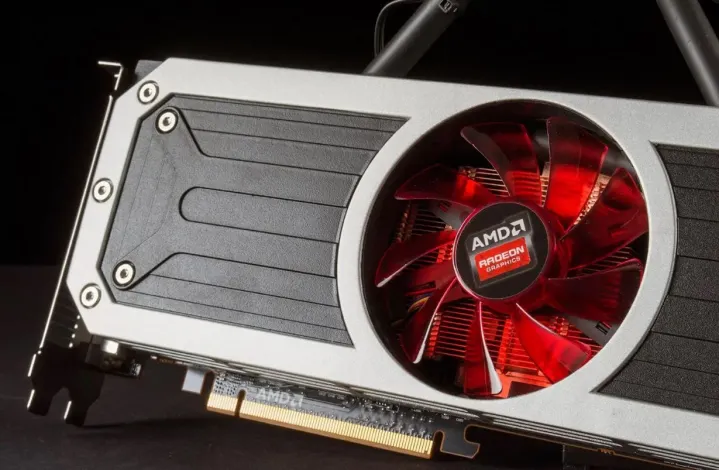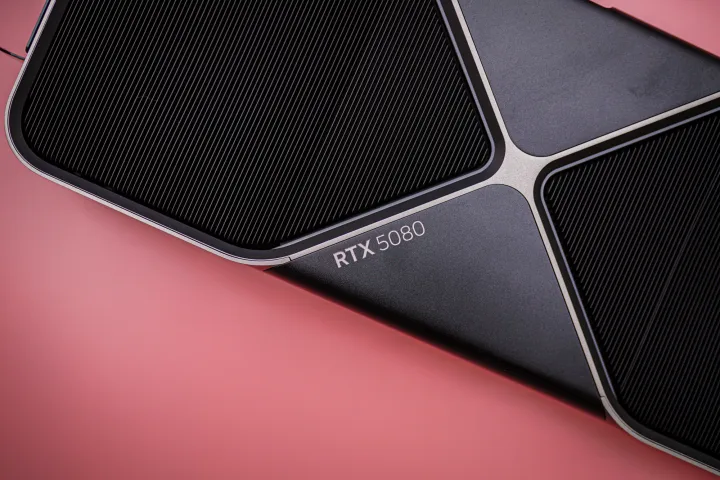It’s a shame AMD isn’t releasing a flagship GPU — now would be the perfect time
There’s an unfortunate irony in the world of PC gaming right now. As soon as AMD decided to concede the flagship battle to Nvidia, Team Green put out what might be its most disappointing flagship offering in a decade in the form of the RTX 5080.
Each generation, we talk about the dynamic between AMD and Nvidia. And for close to a decade now, there’s been a linear progression between the two brands. AMD originally focused on budget offerings to undercut Nvidia’s mainstream range, but it slowly built up power each generation to eventually contest what Nvidia was able to do at a flagship level. We got two generations of a true, one-to-one battle between AMD and Nvidia. And right when AMD was about to get a leg up, it decided to drop for the count.
One step behind

There’s some historical context that’s important here. In the early 2000s, ATI and Nvidia duked it out for GPU supremacy, but that changed toward the end of the decade. AMD bought ATI in 2006, and by 2010, it scrubbed the ATI name entirely. It continued to battle Nvidia at the high end, but that slowly morphed in the years that followed.

Get your weekly teardown of the tech behind PC gaming
In 2013, Nvidia launched the first Titan card, cementing itself as a performance leader. It continued to do so for the next two generations, and by the time AMD eventually released its Polaris and Vega offerings, a narrative was already in place. AMD delivered better value for the money, but if you were purely after raw performance, it was Nvidia’s game.
AMD hit a reset in 2019 with the first RDNA architecture. Instead of focusing on the high end where it would lose to Nvidia’s RTX 20-series offerings, it focused on midrange graphics cards. And it worked. By the RDNA 2 generation, AMD was able to contest Nvidia’s RTX 3090 with its own RX 6900 XT. But then Nvidia struck back in a Titan-esque fashion, and it looks like AMD hunkered down to rerun its Navi playbook.

Nvidia released the RTX 3090 Ti, once again cementing it at the top of the performance charts. AMD countered with the RX 6950 XT, but it was too late. Then, in the next generation, AMD once again came out swinging with its flagship RX 7900 XTX, but once again, Nvidia was one step ahead. The RX 7900 XTX could compete with the RTX 4080, but the cream of the crop RTX 4090 was left uncontested. Rumors have swirled about an RTX 4090 Ti, which I wouldn’t be surprised if Nvidia left in the tank in case AMD took the fight to the flagship level once again.
In at least the last decade, it feels like AMD has always gotten the short end of the stick. GCN graphics cards were powerful and popular, but they were the target of cryptocurrency miners, making them hard to come by. Vega offered flagship performance but at insane power demands compared to Nvidia. And most recently, you could get peak 4K performance with RDNA 2 or RDNA 3 offerings, but you’d have to give up ray tracing power and Nvidia’s DLSS.
It’s always seemed like AMD is just one tiny step behind Nvidia, so I understand why the company wanted to hit a reset as it did with Navi. It’s just a shame that reset is coming when Nvidia decided to put out a particularly disappointing generation of GPUs.
You miss the shots you don’t take

Alright, now we’re back to the RTX 5080. It’s a very strange GPU to evaluate, but I’ll try to paint a picture of why it’s disappointing. For starters, the card is half the price of the RTX 5090, but it comes with about 70% of the performance. That inherently means it’s a better value, but I recommended the more expensive card in my RTX 5090 review. I don’t recommend the RTX 5080, at least for most people. That may seem like a contradiction, but it’s not. It’s a paradox.
When talking about cards like the Titan, and now, the RTX 5090, price doesn’t matter. It just doesn’t. These GPUs serve to put Nvidia on top of the performance stack, and there’s a group of devout users that will pay whatever price Nvidia slaps on the box, regardless of the impression you may get from YouTube comments and Reddit threads. They may grit their teeth. They may overdraw their bank account. But they’ll buy the best simply because it’s the best.
That standard doesn’t apply to the RTX 5080, not only because it’s $1,000 less than the RTX 5090, but also because it’s not the best. Value plays a much more significant role, and Nvidia dropped the ball on that front. The RTX 5080 is slower than the RTX 4090, and it’s a mere 18% faster than the RTX 4080 Super. For context, the base RTX 4080 was around 30% faster than the RTX 3090, and the RTX 3080 was about 30% faster than the RTX 2080 Ti. We’re talking about a deficit of close to 50% compared to what Nvidia delivered in previous generations.
Raw performance may be Nvidia’s game. But value is AMD’s, and PC gamers are in desperate need of a little bit of value right now.

This is, or at least would be, the perfect time for an AMD flagship that could take the fight to Nvidia’s 80-class offering. Nvidia may try to get the upper hand by releasing something more powerful or dropping the price of the RTX 5080, but PC gamers ultimately win in that situation. But we aren’t getting an AMD flagship this generation. If you have $1,000 to burn on a 4K graphics card, the RTX 5080 is your best option. It shouldn’t be, but it is.
I suspect we’ll get a value-focused battle lower down the stack with Nvidia’s RTX 5070 and AMD’s RX 9070 XT, but it’ll likely be a replay of what we’ve seen in past generations. AMD delivers better value, but Nvidia claims a top slot with features like DLSS 4. I’m not rooting for one team or the other here, but there’s a sobering reality the PC gaming crowd will have to reckon with sooner or later. If no one can contest Nvidia, the quality of hardware will quickly diminish.
#shame #AMD #isnt #releasing #flagship #GPU #perfect #time
